Picture this: you’re walking through a moonlit forest when suddenly, a pair of glowing eyes locks onto yours. As you move to get a better look, the creature’s head swivels around in what seems like an impossible arc, never breaking eye contact. This isn’t science fiction—it’s the remarkable reality of owl anatomy. These silent hunters possess one of nature’s most extraordinary adaptations, turning their heads nearly three-quarters of a full circle without suffering the catastrophic consequences that would kill most other animals instantly.
The Anatomy Behind the Magic
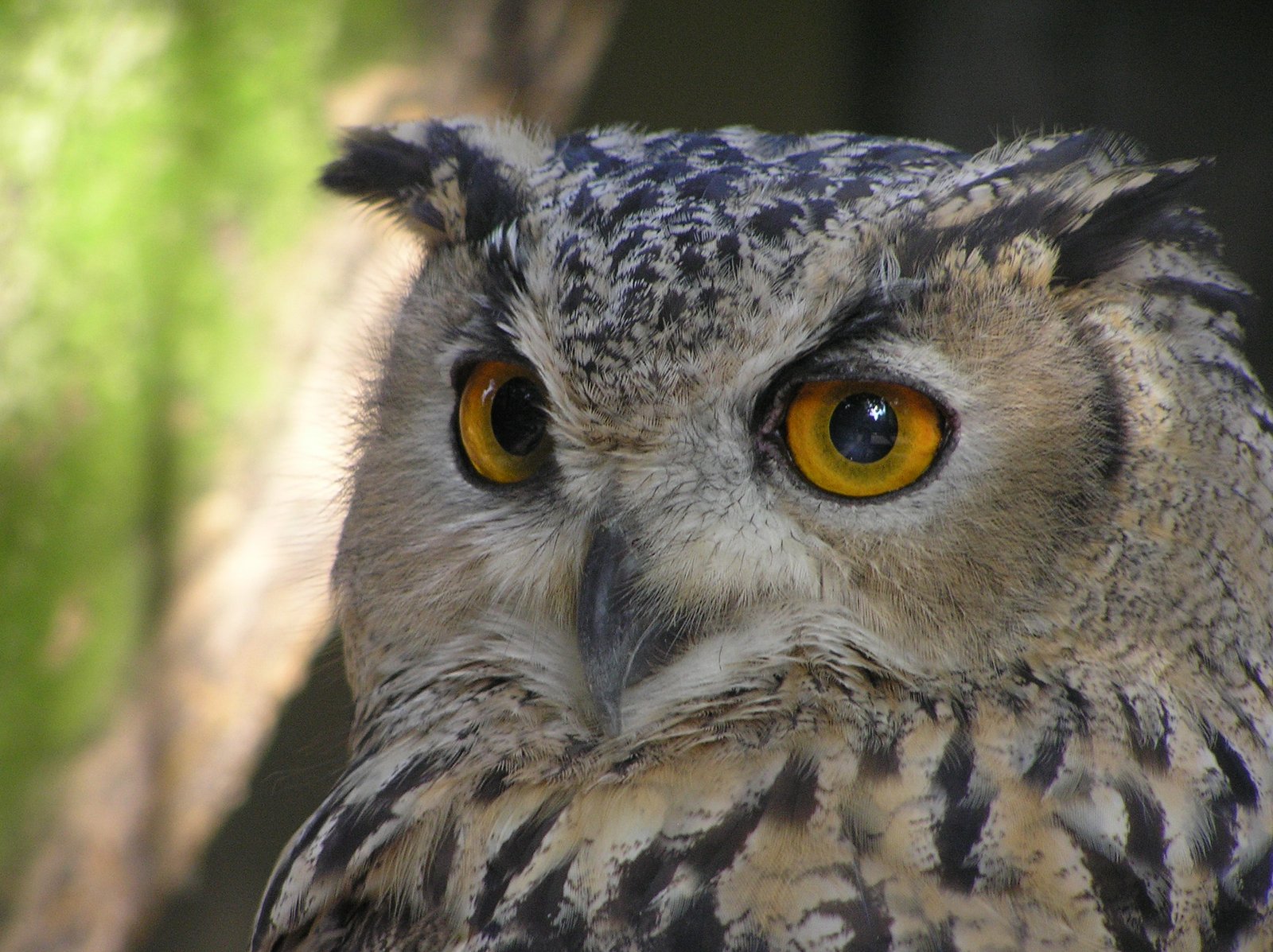
The secret to an owl’s incredible head rotation lies in their unique skeletal structure. Unlike humans who have seven neck vertebrae, owls possess fourteen cervical vertebrae, doubling their flexibility potential. Each vertebra is specially designed with smooth surfaces and extra space for blood vessels and nerves to move freely during rotation.
This extended vertebral column acts like a biological gimbal system, allowing for smooth, controlled movement without the jarring stops that would damage delicate tissues. The additional vertebrae create multiple pivot points, distributing the stress of extreme rotation across a longer span rather than concentrating it in just a few joints.
Why Owls Need This Superpower

Owls didn’t develop this ability for show—it’s a matter of survival. Their eyes are completely immobile within their sockets, unlike human eyes that can move independently. When an owl wants to look in a different direction, the entire head must move, making exceptional neck flexibility absolutely essential.
This limitation stems from the owl’s massive eyes, which are actually more tube-shaped than spherical. These oversized visual organs take up so much space in the skull that there’s no room for the muscles that would allow eye movement. The trade-off is remarkable night vision and incredible depth perception, but it comes at the cost of eye mobility.
The Blood Supply Mystery Solved
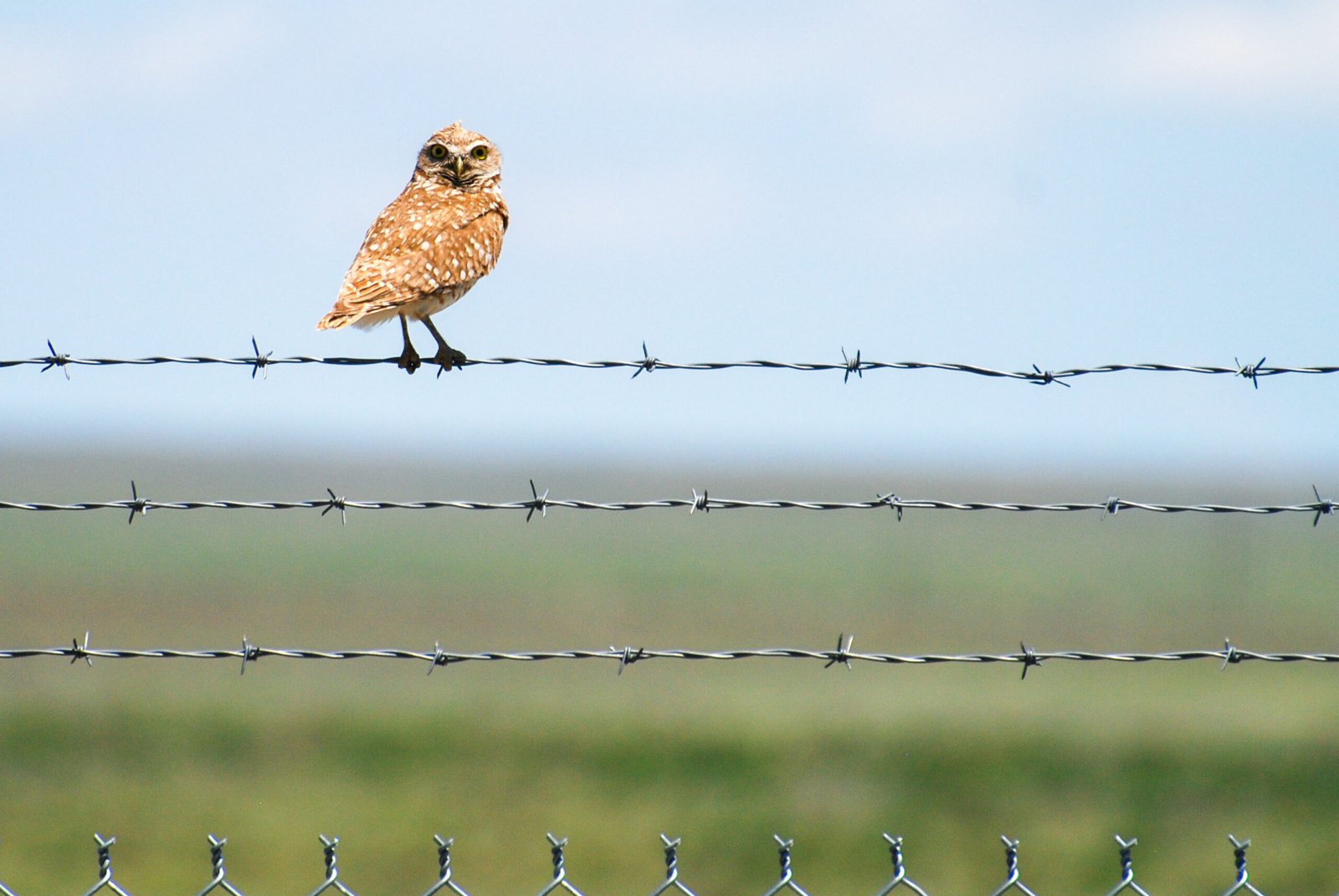
Here’s where things get truly fascinating: when we turn our heads too far, we risk cutting off blood flow to the brain, potentially causing stroke or death. Owls have evolved an ingenious solution to this life-threatening problem. Their blood vessels are housed in special bony channels that protect them during extreme head movements.
These protective channels, called transverse foramina, are significantly larger in owls than in other animals. They create a safe corridor for blood vessels to slide through during rotation, preventing the dangerous pinching or twisting that would occur in other species. It’s like having built-in protective tubing for their most vital circulatory pathways.
The Neural Network That Never Breaks

Beyond blood vessels, owls must protect their nervous system during these extreme rotations. Their spinal cord and associated nerves have evolved remarkable flexibility, with specialized sheaths that prevent damage during twisting motions. The nerve fibers themselves are longer and more elastic than those found in other animals.
This neural adaptation includes extra slack in the nerve pathways, similar to coiled phone cords that can extend without breaking. The owl’s nervous system essentially anticipates these dramatic movements and has built-in protection mechanisms that prevent the severing or crushing of vital nerve connections.
The Role of Specialized Muscles

Owls possess an intricate network of muscles that work together like a finely tuned machine. The deep cervical muscles are arranged in overlapping layers, each group responsible for specific movements and ranges of motion. These muscles are both stronger and more flexible than those found in most other birds or mammals.
The muscle fibers themselves have a unique composition that allows for both powerful contractions and exceptional elasticity. This combination enables the smooth, controlled rotation that owls are famous for while maintaining the strength needed to support their relatively heavy heads and massive eyes during flight and hunting.
Comparing Owl Flexibility to Other Animals

When compared to other animals, owls are truly in a league of their own. Most mammals, including humans, can only rotate their heads about 180 degrees before risking serious injury. Even other birds typically max out at around 180 degrees of rotation, making the owl’s 270-degree capability genuinely extraordinary.
Interestingly, some prey animals like rabbits and deer have evolved excellent peripheral vision to compensate for limited head rotation. Owls took the opposite approach, developing extreme head mobility to maximize their fixed but incredibly powerful vision. This represents a fascinating example of evolutionary problem-solving taking different paths to achieve similar survival goals.
The Hunting Advantage
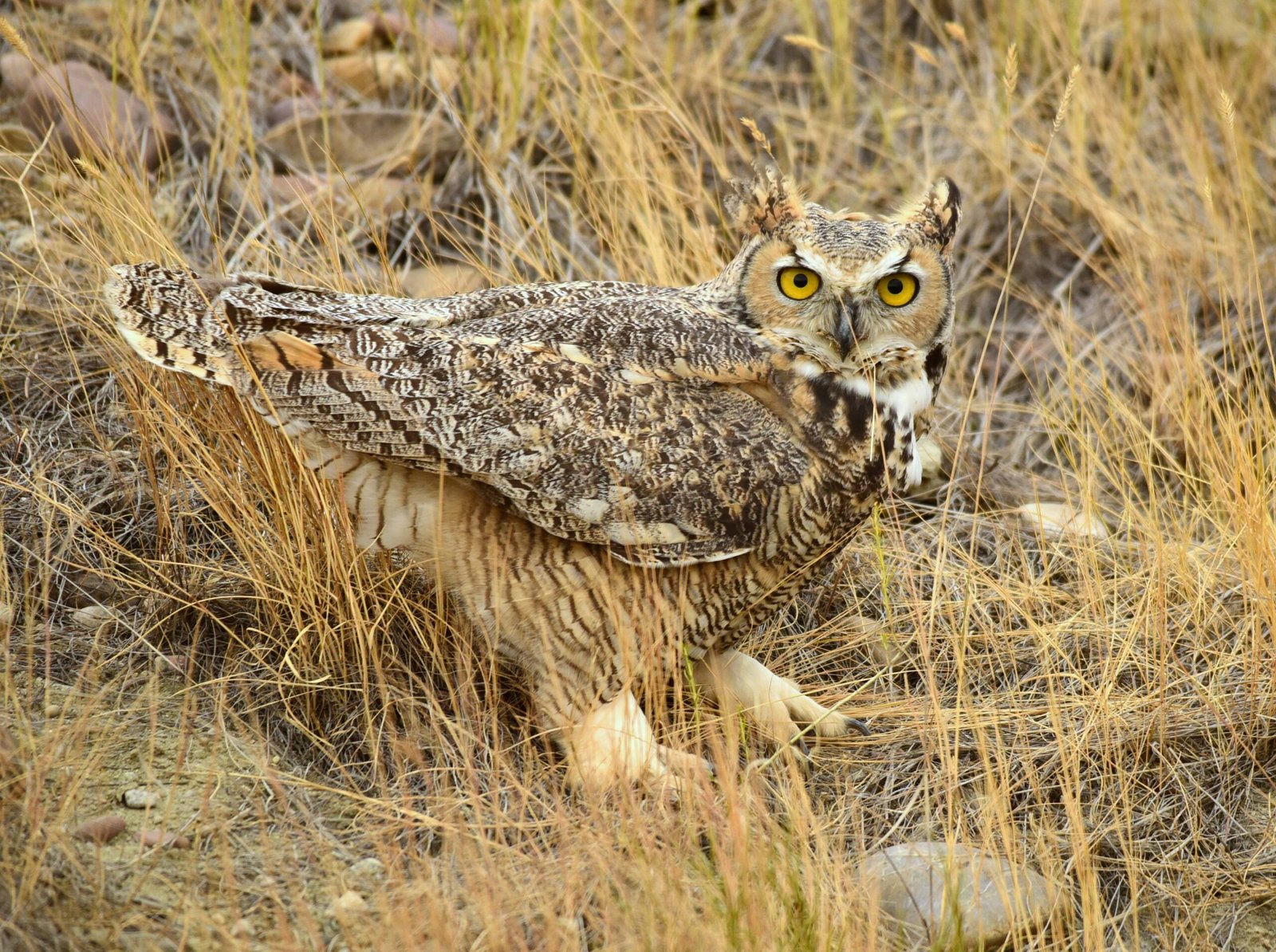
This remarkable head rotation provides owls with a significant advantage during hunting. They can track prey movement without shifting their body position, maintaining perfect silence and camouflage. The ability to follow a mouse’s path through tall grass while remaining completely still is the difference between a successful hunt and going hungry.
The nearly 270-degree rotation also allows owls to scan their environment for threats while remaining motionless. This is crucial for these predators, who must balance being hunters with avoiding becoming prey themselves. A hawk or other predator approaching from behind can be spotted and assessed without the owl giving away its position through body movement.
Sound Location and Head Movement

Owls don’t just rely on their incredible vision—they’re also acoustic masters. Their asymmetrical ear placement allows them to pinpoint sounds with remarkable accuracy, but this system works even better when combined with their flexible necks. By making subtle head movements, owls can triangulate the exact location of prey even in complete darkness.
This acoustic hunting ability is enhanced by the owl’s facial disc, which acts like a satellite dish for sound. The head rotation capability allows them to “aim” this acoustic receiver in any direction without moving their body, creating a silent but deadly hunting system that operates effectively even when vision is limited.
Development from Chick to Adult

Young owls don’t hatch with full head rotation abilities—this remarkable flexibility develops gradually. Baby owls start with relatively normal neck flexibility and develop their extreme rotation capabilities as their vertebrae mature and their supporting muscles strengthen. This gradual development prevents injury during the crucial early weeks of life.
The process is similar to how human babies develop motor skills, but much more specialized. Young owls practice their head movements constantly, gradually increasing their range of motion as their anatomical structures mature. By the time they’re ready to leave the nest, their head rotation capabilities are fully developed and ready for the demands of independent hunting.
The Physics of Owl Head Rotation

From a physics perspective, an owl’s head rotation is a masterpiece of biological engineering. The center of gravity, torque distribution, and rotational momentum are all carefully balanced to prevent the kind of catastrophic failure that would occur if other animals attempted similar movements. The owl’s neck acts as a complex fulcrum system with multiple pivot points.
The biomechanics involve precise coordination between bone structure, muscle tension, and neural control. Each rotation requires split-second calculations by the owl’s brain to ensure that the movement stops before reaching the point of tissue damage. It’s like having a built-in safety system that prevents the owl from literally twisting its own head off.
Evolutionary Timeline of This Adaptation

The evolution of extreme head rotation in owls likely occurred over millions of years, developing alongside their specialized hunting lifestyle. Fossil evidence suggests that early owl ancestors had more mobile eyes and less flexible necks, gradually trading eye mobility for enhanced neck flexibility as they adapted to nocturnal hunting.
This evolutionary trade-off represents a remarkable example of biological optimization. As owls became more specialized for night hunting, the advantages of immobile but incredibly sensitive eyes outweighed the costs of developing extreme neck flexibility. The result is a predator perfectly adapted to its ecological niche.
Medical Implications for Human Understanding
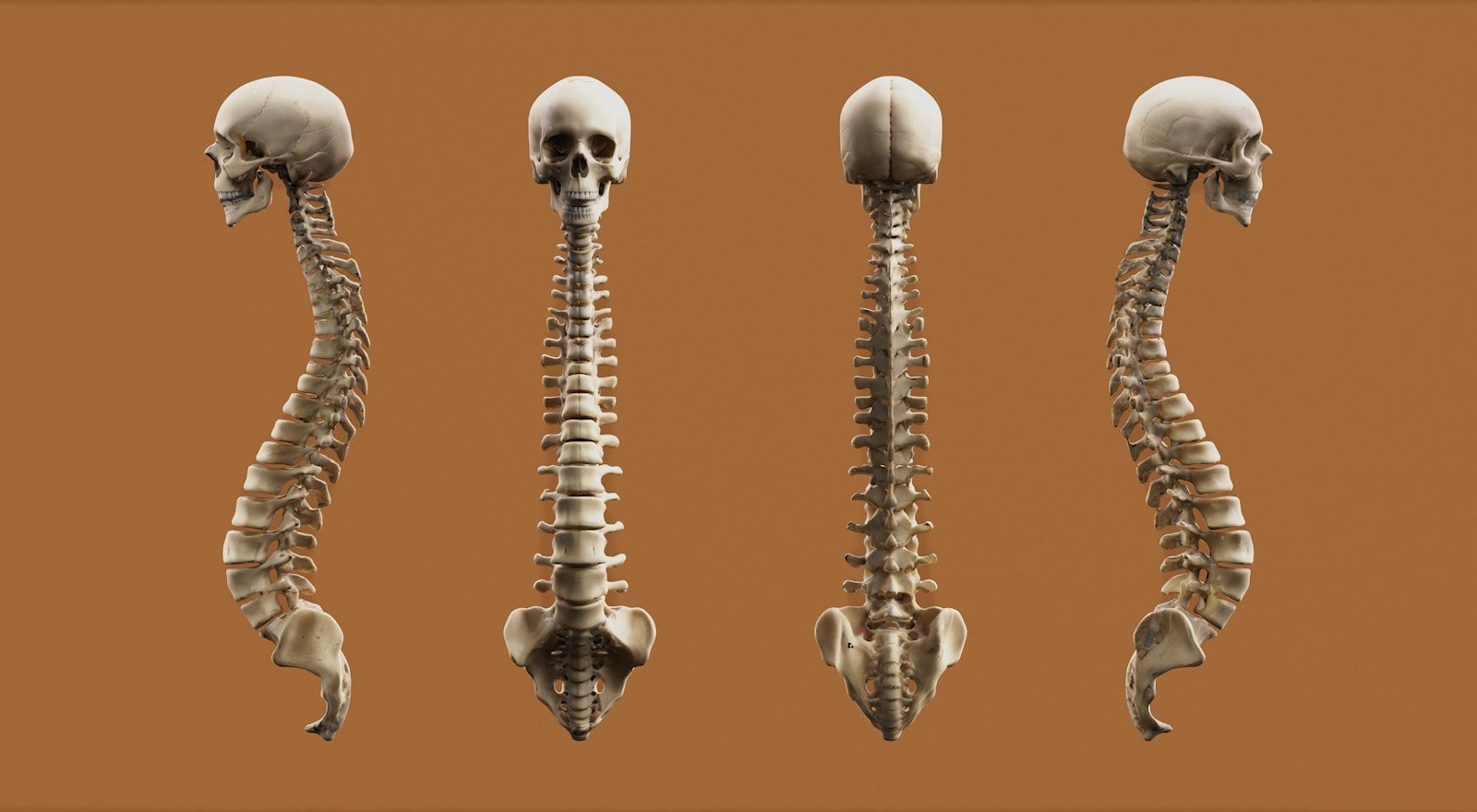
Studying owl neck anatomy has provided valuable insights for human medicine, particularly in understanding spinal injuries and developing treatments for neck problems. The owl’s protective mechanisms for blood vessels and nerves during extreme movement have inspired new surgical techniques and rehabilitation approaches for humans with neck injuries.
Researchers are also investigating how owl anatomy might inform the design of medical devices and robotic systems that require extreme flexibility without compromising vital functions. The biological solutions owls have evolved could potentially be applied to everything from surgical robots to prosthetic devices.
Conservation and This Remarkable Adaptation

The owl’s incredible head rotation ability makes them particularly vulnerable to certain types of human-caused injuries. Vehicle strikes, for instance, can damage the delicate neck structures that make this flexibility possible. Understanding these anatomical features is crucial for wildlife rehabilitation efforts and conservation planning.
Habitat destruction also poses unique challenges for owls, as their hunting success depends heavily on the acoustic and visual advantages provided by their flexible necks. Noise pollution and light pollution can interfere with the sensory systems that work in conjunction with their remarkable head rotation abilities.
Other Animals with Unusual Neck Abilities
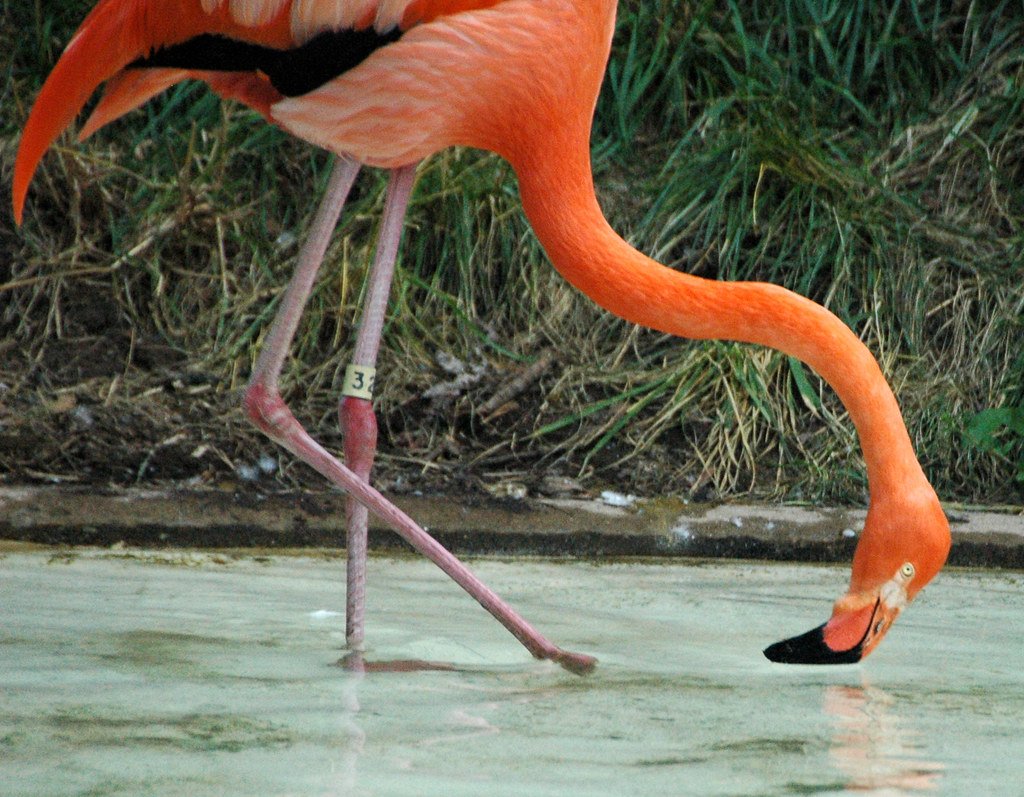
While owls are the champions of head rotation, other animals have evolved their own unique neck adaptations. Flamingos can twist their necks in complex S-curves to reach food underwater, while giraffes have developed incredibly strong neck muscles to support their massive heads. However, none can match the owl’s combination of extreme rotation and precision control.
These diverse evolutionary solutions to similar challenges highlight the incredible creativity of natural selection. Each species has found its own optimal balance between flexibility, strength, and protection, with owls representing perhaps the most extreme example of neck specialization in the animal kingdom.
The Future of Owl Research
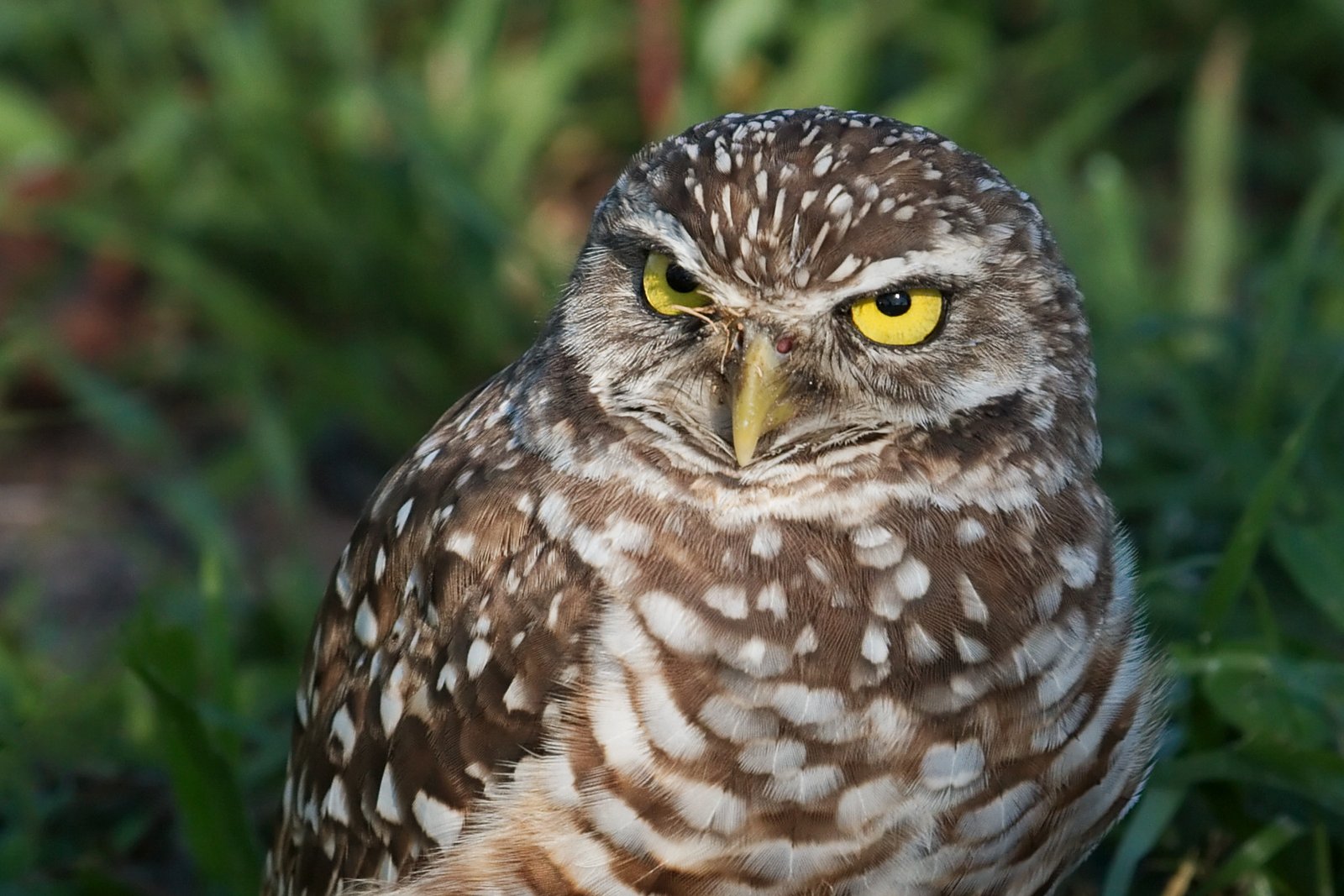
Scientists continue to uncover new details about owl anatomy and behavior, with modern imaging techniques revealing previously unknown aspects of their neck flexibility. High-speed cameras and 3D modeling are providing unprecedented insights into exactly how these rotations occur and what limits them.
Current research is also exploring how climate change and environmental factors might affect owl populations, including whether their specialized anatomy makes them more or less adaptable to changing conditions. The answers could have significant implications for conservation efforts and our understanding of evolutionary adaptation.
Myths and Misconceptions

Despite their remarkable abilities, owls can’t actually rotate their heads 360 degrees—that’s a persistent myth that exaggerates their already impressive capabilities. The maximum rotation is approximately 270 degrees, which is still far more than any other animal can achieve safely. This misconception often leads to unrealistic expectations about what owls can do.
Another common myth is that owls can twist their heads off if they rotate too far. While extreme rotation beyond their natural limits could potentially cause injury, owls have built-in mechanisms that prevent them from exceeding safe ranges. Their anatomy includes natural stops and feedback systems that protect them from self-injury.
The Engineering Marvel in Nature

When engineers design rotating mechanisms, they face the same challenges owls have solved through evolution: how to maintain vital connections while allowing extreme movement. The owl’s solution involves redundant systems, flexible connections, and protective channels—principles that are now being applied to human engineering challenges.
This biological inspiration has led to improvements in everything from robotic joints to medical devices that must flex and move within the human body. The owl’s neck represents millions of years of evolutionary problem-solving that modern engineering is only beginning to understand and replicate.
Conclusion: Nature’s Ultimate Swivel

The owl’s ability to rotate its head 270 degrees represents one of nature’s most remarkable engineering achievements. Through millions of years of evolution, these silent hunters have developed a complex system of specialized vertebrae, protected blood vessels, flexible nerves, and precisely coordinated muscles that work together to create this extraordinary capability.
This adaptation perfectly illustrates how evolution can produce solutions that seem impossible until we understand the underlying mechanisms. The owl’s flexible neck isn’t just a neat trick—it’s a vital survival tool that has allowed these predators to thrive in environments where others would struggle. From the doubled vertebrae to the protective channels for blood vessels, every aspect of their anatomy has been fine-tuned for this incredible ability.
The implications extend far beyond our admiration for these magnificent birds. Understanding owl anatomy has advanced human medicine, inspired engineering innovations, and deepened our appreciation for the intricate connections between form and function in the natural world. What started as a simple observation about a bird’s unusual head movement has revealed a masterpiece of biological engineering that continues to inspire and inform scientific research today.



